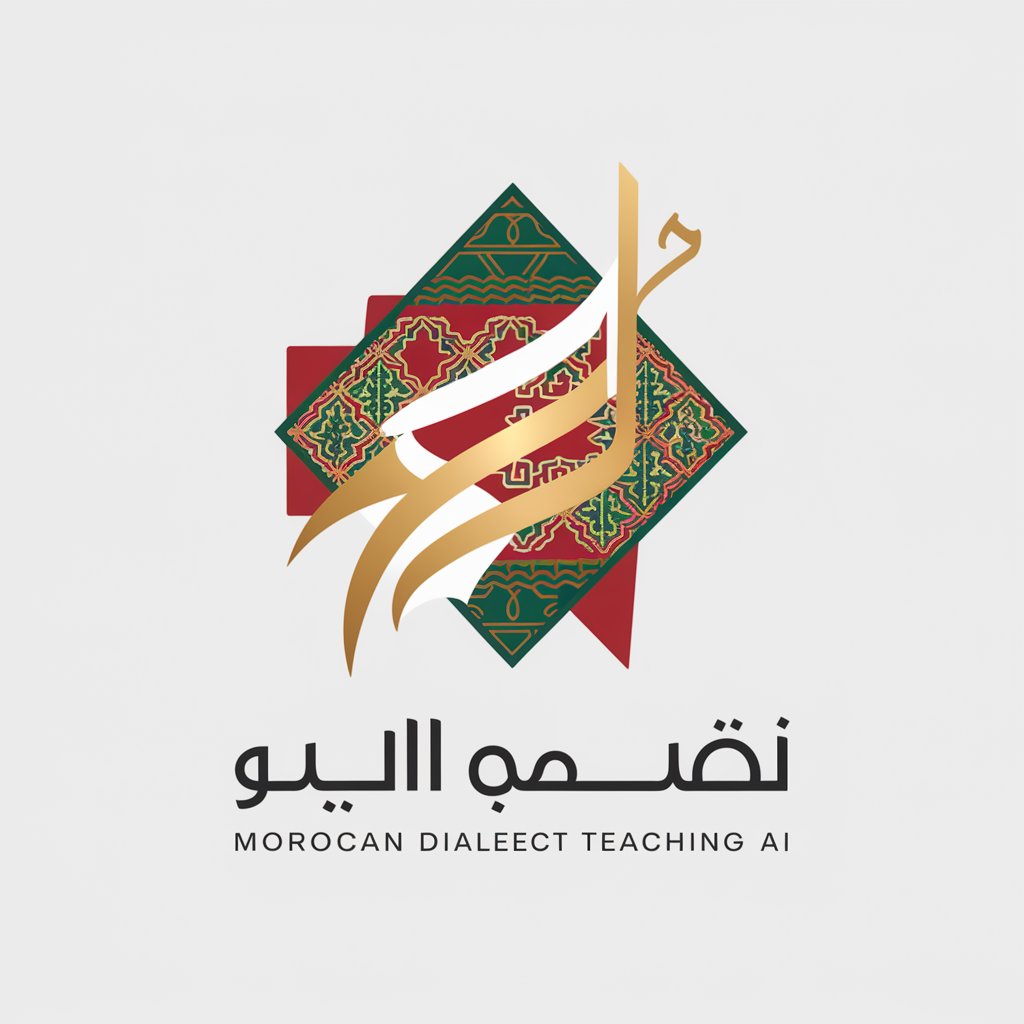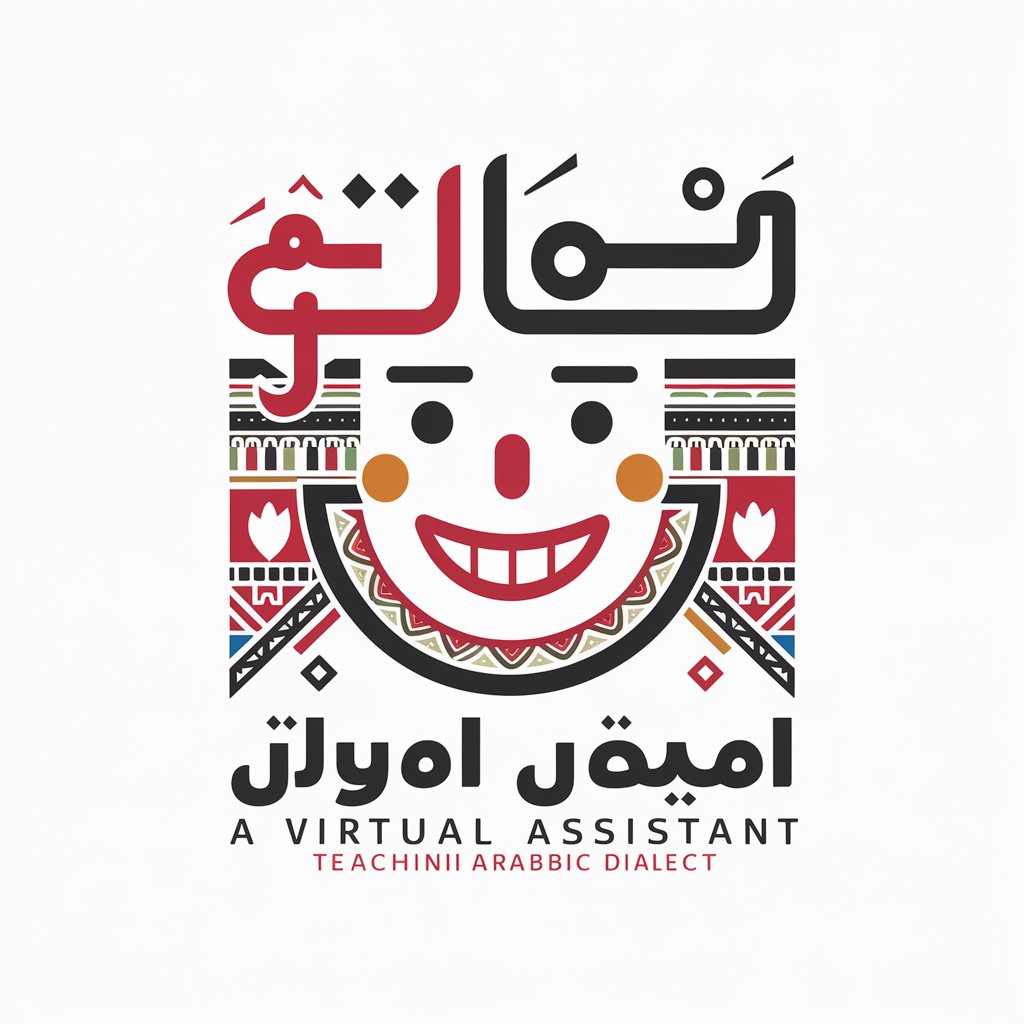5 GPTs for Dialect Acquisition Powered by AI for Free of 2025
AI GPTs for Dialect Acquisition are advanced artificial intelligence tools based on Generative Pre-trained Transformers that specialize in understanding, learning, and generating content related to specific dialects. These tools leverage deep learning algorithms to grasp the nuances, vocabulary, and syntax unique to a dialect, making them invaluable for language learning, linguistic research, and cultural studies. Their ability to adapt to various linguistic tasks, from translation to conversation, underscores their relevance in bridging communication gaps and fostering deeper cultural understanding.
Top 5 GPTs for Dialect Acquisition are: معلم اللهجة المغربية,معلم اللهجة اللبنانية,معلم لهجة البحرين,معلم اللهجة الجزائرية,JAROOO ジャロー
معلم اللهجة المغربية
Master Moroccan dialect with AI

معلم اللهجة اللبنانية
Master Lebanese Dialect with AI

معلم لهجة البحرين
Master Bahraini Dialect with AI

معلم اللهجة الجزائرية
Master the Algerian Dialect with AI

JAROOO ジャロー
Learn Hiroshima Dialect with AI

Key Attributes of Dialect-Savvy AI Tools
AI GPTs designed for Dialect Acquisition boast remarkable adaptability, capable of scaling from basic conversational exchanges to complex linguistic analyses. These tools stand out for their deep learning frameworks, which enable nuanced understanding of dialectal variations. Key features include real-time language translation, dialect-specific content generation, speech recognition tailored to regional accents, and interactive language learning modules. Their advanced algorithms can also identify and adapt to linguistic trends, ensuring their applications remain relevant and up-to-date.
Who Benefits from Dialect-Focused AI?
AI GPTs for Dialect Acquisition cater to a broad audience, including language learners seeking immersive experiences, linguists conducting dialect studies, and developers creating region-specific applications. These tools are designed to be user-friendly, requiring no specialized coding knowledge for basic operations, yet offer extensive customization for tech-savvy users. Educators and content creators can also leverage these AI tools to produce dialect-specific materials, making language learning more accessible and engaging.
Try Our other AI GPTs tools for Free
News Sentiment
Discover AI GPTs for News Sentiment: innovative tools transforming media analysis and market research with real-time sentiment tracking and deep learning insights.
Programming Updates
Discover how AI GPTs for Programming Updates revolutionize software development with tailored AI solutions, enhancing productivity and innovation for developers at all levels.
Humorous Twists
Discover how AI GPTs for Humorous Twists revolutionize content creation with humor, offering adaptable, engaging solutions for entertainment, marketing, and beyond.
Drone Programming
Explore AI GPTs for Drone Programming: cutting-edge tools designed to revolutionize drone operations with intuitive programming, real-time analytics, and adaptable solutions for all levels of expertise.
Flight Choreography
Discover how AI GPT tools for Flight Choreography are revolutionizing aerial displays with precision, creativity, and advanced features tailored for professionals and novices alike.
Venue Suggestions
Discover the power of AI GPTs for Venue Suggestions, your go-to solution for personalized, efficient, and adaptable venue finding for any event.
Beyond Language Learning: The Versatility of Dialect AI
AI GPTs for Dialect Acquisition transcend traditional language learning tools, offering applications in linguistic research, cultural preservation, and personalized content creation. Their ability to integrate with existing systems and workflows, coupled with user-friendly interfaces, makes them adaptable across various sectors, enhancing their utility in global communication, education, and entertainment.
Frequently Asked Questions
What exactly are AI GPTs for Dialect Acquisition?
They are AI-powered tools that specialize in learning and generating content in specific dialects, using advanced algorithms to understand and replicate linguistic nuances.
How do these AI tools adapt to different dialects?
They use deep learning to analyze vast amounts of dialect-specific data, learning patterns, vocabulary, and syntax that define a particular dialect.
Can non-technical users easily use these AI GPTs?
Yes, these tools are designed with user-friendly interfaces, allowing those without technical backgrounds to benefit from their capabilities.
Are there customization options for developers?
Absolutely, developers can access more advanced features and APIs to tailor the AI tools for specific projects or research.
How can educators incorporate these tools into language learning?
Educators can use these AI tools to create immersive learning experiences, such as dialect-specific conversation simulations and language exercises.
What makes these AI tools different from standard language learning apps?
Their ability to understand and generate content in specific dialects, rather than just standard languages, sets them apart, offering a more nuanced and culturally rich learning experience.
Can these tools help preserve endangered dialects?
Yes, by learning and documenting the linguistic features of endangered dialects, these AI tools can play a crucial role in preservation efforts.
Are there applications of these tools beyond language learning?
Definitely, they can be used in linguistic research, cultural studies, and in developing region-specific content for media and entertainment.